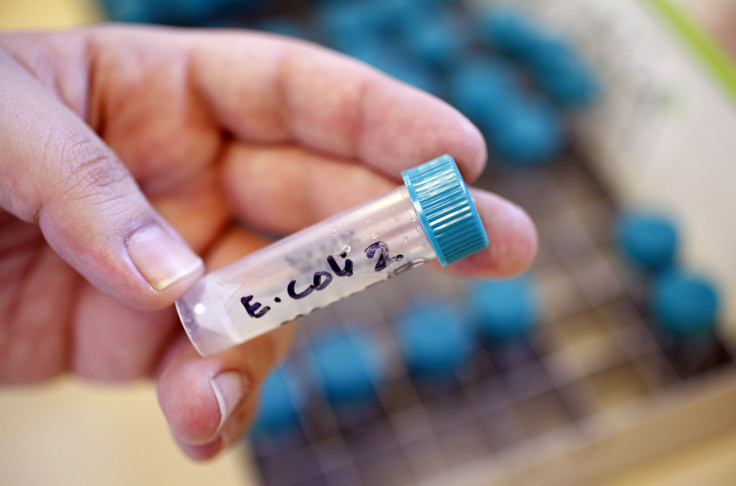US scientists create a novel 'nano-reactor' to produce hydrogen biofuel in an inexpensive, clean way

Scientists have found a new, relatively inexpensive and clean method of creating hydrogen biofuel with the help of virus-like biomaterial. The researchers claim that their method could prove to be one of the most environment-friendly ways of producing biofuel.
The research team produced the nano-rector by placing an altered form of an enzyme inside the capsid of a virus. Capsid is the hard protective shell around the virus. The team found that the resulting nano-reactor catalysed the production of the biomaterial 150 times more efficiently than the unaltered form of the enzyme.
During the study, the researchers co-opted two genes from E. Coli bacterium named hyaA and hyaB. These genes are known to encode for key components of the enzyme hydrogenase. The team then placed these two enzymes into the capsid of the bacteiophage P22.
The resulting biomaterial or nano-reactor dubbed “P22-Hyd” thus became a medium for fusion of hydrogenase with the virus shell, acting as a catalyst for the production of hydrogen. The researchers said that the biomaterial is relatively simpler to create and required only a simple fermentation process to act as a catalyst for biofuel production.
"Essentially, we've taken a virus's ability to self-assemble myriad genetic building blocks and incorporated a very fragile and sensitive enzyme with the remarkable property of taking in protons and spitting out hydrogen gas," said lead researcher Trevor Douglas, in a press release. "The end result is a virus-like particle that behaves the same as a highly sophisticated material that catalyses the production of hydrogen."
The research funded by the US Department of Energy also revealed that the resulting biomaterial not only helps break the chemical bond between water to form hydrogen and oxygen but is also efficient at combining hydrogen and oxygen to produce water and energy.
The complete details of the research have been published in the journal Nature Chemistry.




















